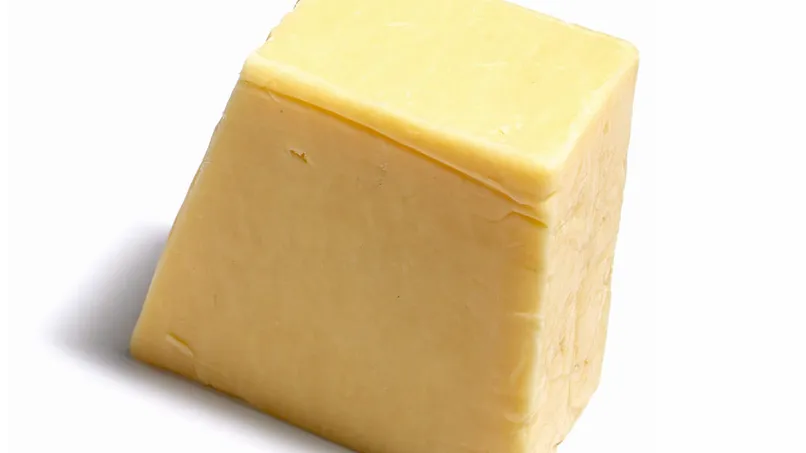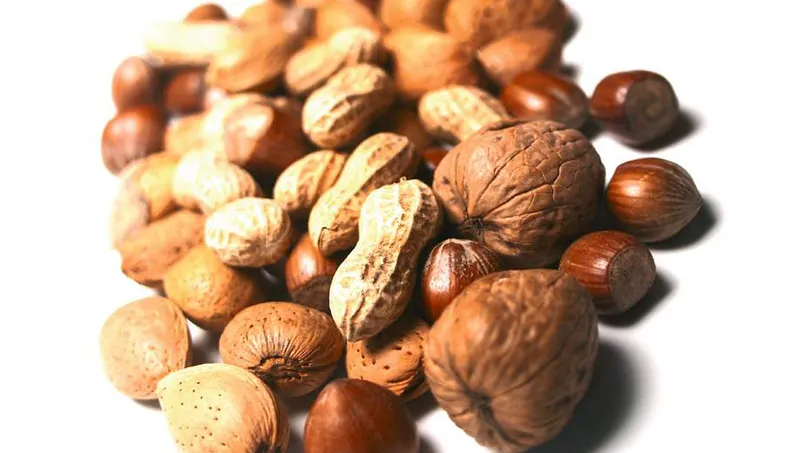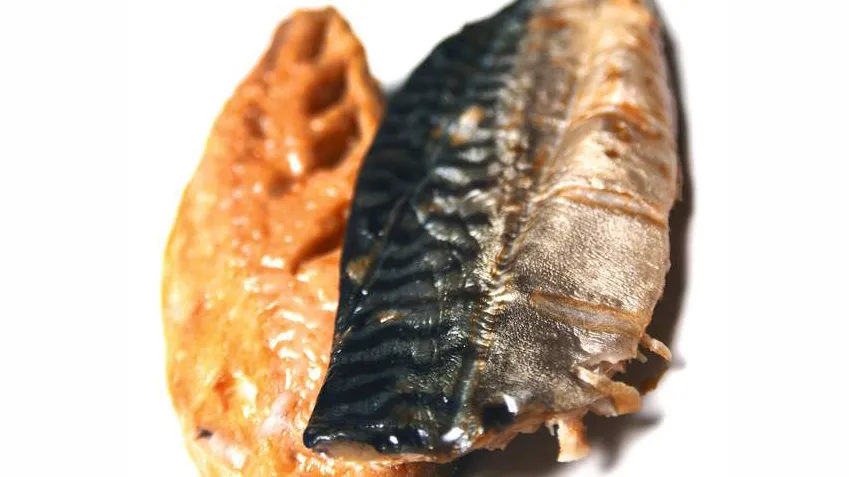Up until a few years ago, popular medical and media opinion relegated all fat to the ‘bad for you’ list – regardless of where it came from or how much of it you consumed.
- Can a vegan diet work for cyclists?
- 5 delicious flapjack and breakfast bar recipes to boost your riding energy
That’s a very simplistic and unhelpful view, though, and one that has changed. Fat is a necessary part of our diet and is an essential part, in the form of lipids, of every single cell in your body – each one is contained by a membrane that’s made of proteins and lipids. So, without fat, your cells (and you) would just be a puddle of chemicals on the floor.
The confusion came from the huge rise in heart disease in developed countries, and the championing of an oversimplified approach to fat by the press. There is a strong correlation between heart disease and over consumption of saturated and trans fats (unsaturated fat with trans-isomer fatty acids), but that sparked a belief that all fat is bad for you.
Even singling out these fats as a cause of disease may be flawed. The Fulani people of northern Nigeria have a diet that’s extremely high in saturated fat (around 25 percent), yet the results of a 2001 study showed they had a low risk of cardiovascular disease – probably due to their active lifestyle and low total energy intake. So it’s not saturated and trans fats per se that can lead to disease, but over consumption and over sufficiency of these fats when paired with other energy sources. As always, moderation is the key.
Most of the confusion over fat comes from not knowing how fats are used by the body. Here we look at the different types of fat and their functions.
What is saturated fat?
Saturated fat is the bogey man of the fat family, and not without reason: as we’ve already mentioned, its consumption is linked to hardening of the arteries and heart disease. It’s mainly found in animal products (dairy and meat) and is generally solid at room temperature. If you follow a sensible diet with minimal processed food there should be no reason to cut out saturated fat altogether — in fact it’s better to eat butter, for example, than a trans fat laden substitute, as long as it’s in moderation.

What is monunsaturated fat?
Mainly found in nuts and seeds and their oils, monunsaturated fat is known to lower LDL (“bad”) cholesterol. Its ability to raise HDL (“good”) cholesterol is still under debate, as is its place in the progression of certain diseases. Oleic acid, for instance, may boost memory and reduce blood pressure, but is also associated with increased risk of breast cancer. Again, balance is the key.

What is trans fat?
This is the really dangerous character in the fats family. Trans fat occurs when monounsaturated or polyunsaturated fat is hydrogenated (the addition of hydrogenmolecules) for a longer shelf life; trans fats are a side effect of incomplete hydrogenation.
The National Academy of Sciences (NAS) in the US stated in 2002 that “trans fatty acids are not essential and provide no known benefit to human health”, and that they raise levels of LDL (“bad”) cholesterol and lower levels of HDL (“good”) cholesterol. Foods to avoid? Cakes, biscuits, most chocolate and processed food in general, but particularly fast food.

What is polyunsaturated fat?
This is found mainly in grains, fish and seafood, and the family includes the Omega 3 essential fatty acids (EFAs) ALA, EPA and DHA, and linoleic acid, the key Omega 6 fatty acid. These are called “essential” because, unlike other fats, they cannot be made in the body.
Some people try to boost their EFA levels with oil supplements, but recent research has suggested that EFAs from plant sources (ie. evening primrose oil) are not as bioavailable as those from fish sources.

For cyclists, EFAs are particularly beneficial as they have been shown to influence energy balance lowering levels of triglycerides (stored fats) and improving insulin sensitivity. This means more fat is burnt for energy while conserving carbohydrates. So this could even help with endurance training.
As they appear to boost metabolism they may aid weight loss. Omega 3 fats have also been shown to reduce inflammation, maintain joint and skin suppleness, support immune function and mental capacity.